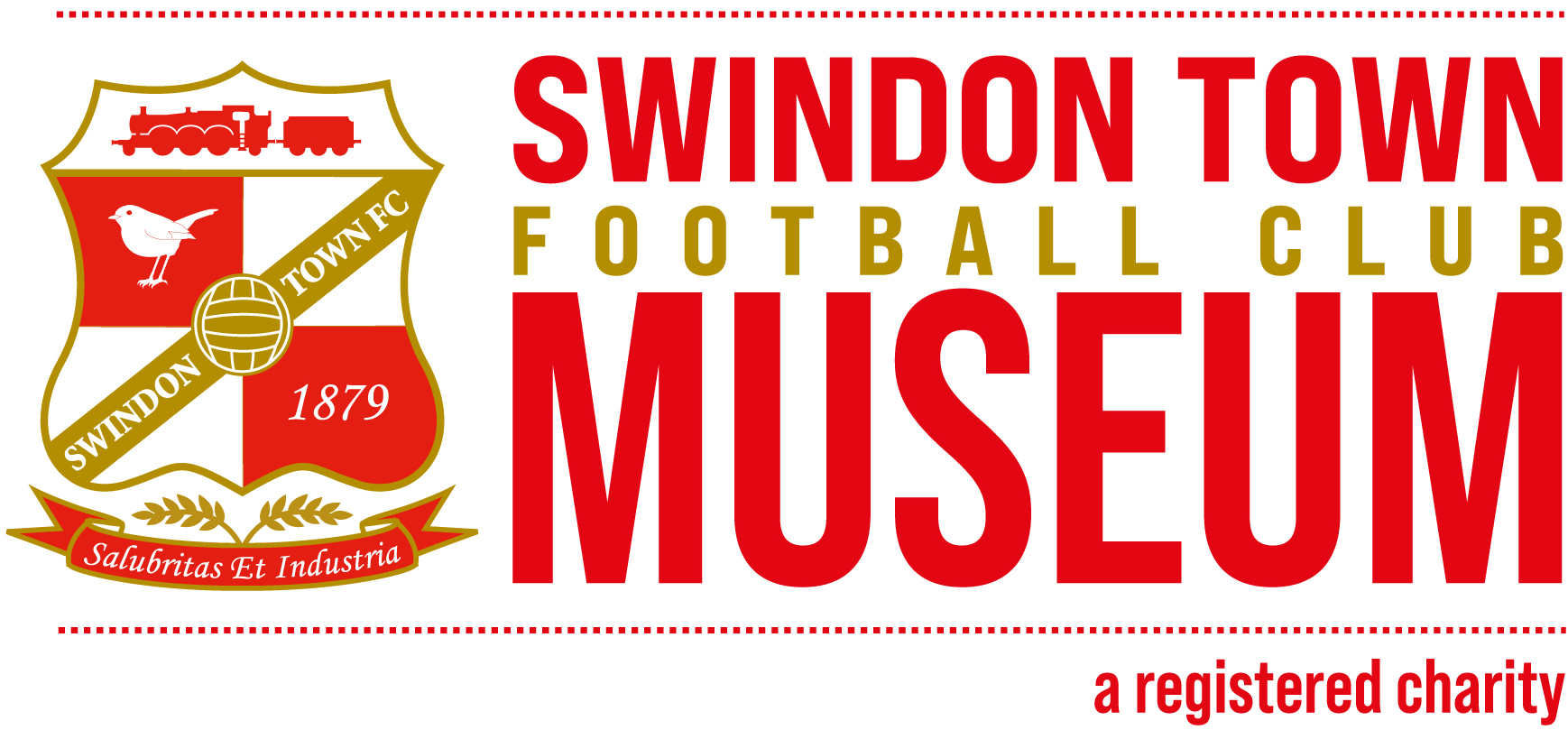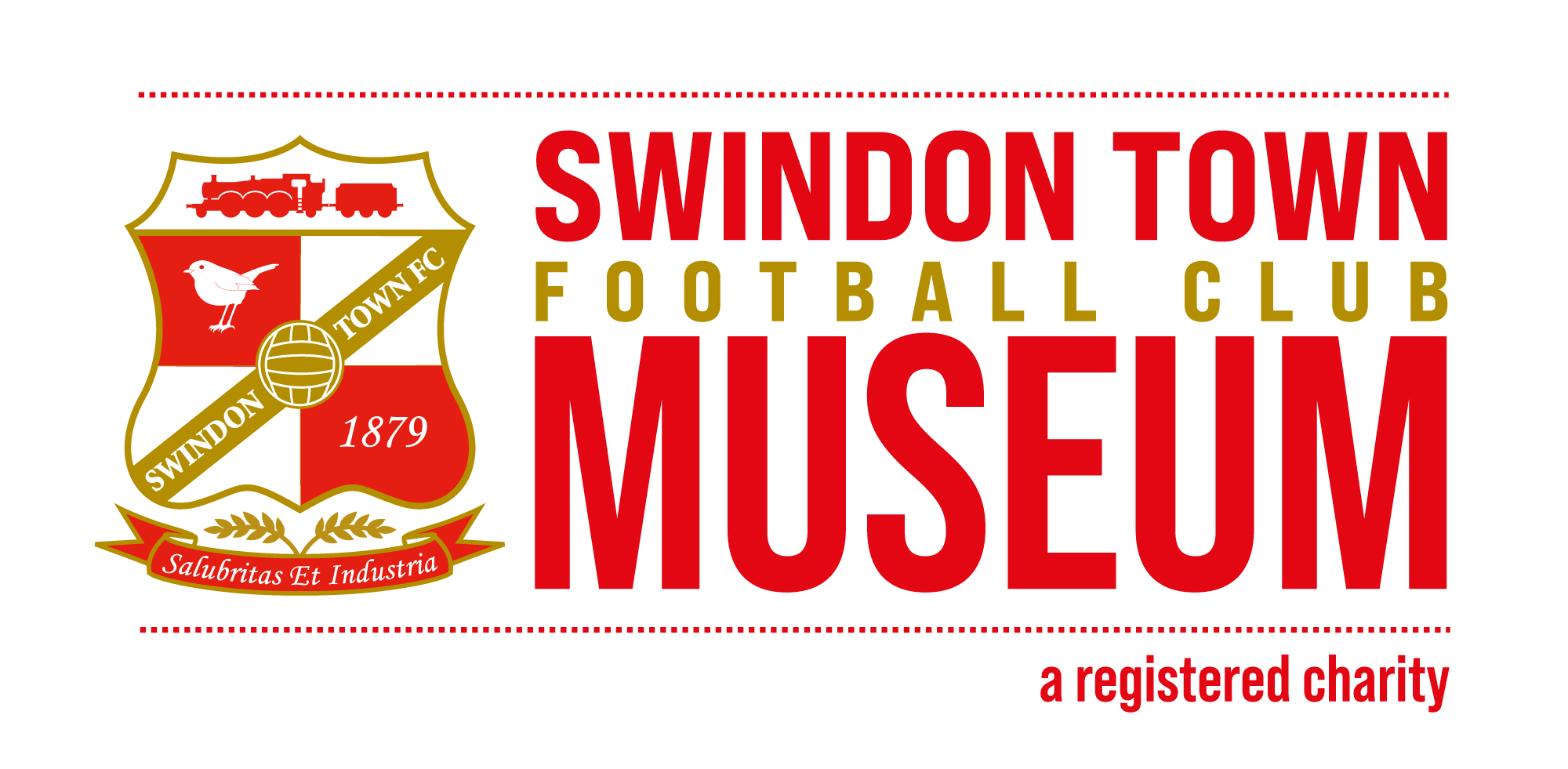The present ground has been the home of Swindon Town since 1896 when one Thomas Arkell loaned the Committee of the Football Club £300 to build a stand and has a current capacity of 15,728.
In fact the County Ground had become the Club’s home the previous season but the pitch was sited on the present cricket ground.
All the previous grounds had proved unsatisfactory. The first Bradford’s Field was situated alongside a quarry which the ball kept disappearing in to and when a young spectator fell in as well it was decided a move must be made.
The next ground was Globe Field and was the property of the Owner of the Duke of Wellington pub who was happy to allow the club to use the ground due to the influx of customers it brought.
Both these sites were on the side of the hill linking Old Town and New Town have now been built over but the next move was to the Croft in Old Town itself.
This was a rather unsatisfactory venue as there was no cover for spectators and no changing rooms for the players who had to get changed in the pub that is now called The Hop Inn.
With the Club looking to become professional the present ground was leased from the County Ground Sports Company. Although this company was wound up by the start of the twentieth century, the generosity of benefactors like Major Goddard and more recently Nigel Eddy, has meant the County Ground has remained the one constant in the history of the club.
The Don Rogers Stand
Now occupied by the Don Rogers Stand it was originally an open ash terrace with a small covered central area. Concrete terracing was added and in the nineteen fifties the directors purchased a Stand from the Aldershot Military Tattoo Ground which was transported and re-erected here. Known as the Shrivenham Road Stand it gave shelter to the back half of terracing beneath. The Stand itself was divided in to five blocks of seats each accessed by the Block’s own wooden staircase at the rear. Being close to the pitch but with an elevated view it gave an excellent view if you were able to pick your seat but Simon Inglish was not far wrong when he described it as “like watching from the cockpit of a Sopworth Camel” and the modern spectator would have been horrified by the number of metal posts and struts that marred the view.
Sadly, it became something of a liability as its rickety nature led to it being disused and the Ground Safety Certificate even prohibited matches being played if a gale force wind was forecast. It was demolished and replaced by the present structure which was originally called the Intel Stand.
The Town End
Until just before World War Two there was no cover at this end of the ground. The present Town End Stand was opened just before World War Two by the Then Swindon MP and rugby international, it was constructed to be strong enough to act as a Gas Shelter should War break out and the foundations were such that seating accommodation could be added in a second tier if the club decided it was needed. The accommodation at the back of what became a seated ‘area following the recommendations of the Taylor Report having been previously a terraced area, has been used for a range of purposes including offices for the Supporters Club and a burger Bar.
Now it is home to the Stadium Manager and a match Day base for the stewards and the South End is used as a club Shop with the Police Control Point immediately above it.
The John Trollope Stand
It was this North Side of the ground which first saw seated accommodation installed. A wooden Stand was erected before World War One with a standing area in front. This Stand survived until the early seventies when it was demolished to make way for the present structure.
For a brief period the seats of the old stand remained while the new Stand had been built behind it. This enabled the ground to achieve it’s highest ever attendance of. For a Third Round Cup tie against Arsenal. Prior to the erection of what was originally designated the Arkells Stand, a building matching the cricket ground Pavilion was situated inside the ground. On match days this was used as a tea room but it had to be demolished with the erection of the new Stand which was based on the same design as a Stand on the Chester ground but on a bigger scale. The Stand was renamed the John Trollope Stand in.
The Stratton Bank
Throughout the Club’s residency at the County Ground this area has always been open to the elements with the raking of the terrace or Bank but with seats installed to conform with the requirements of the Taylor Report. Seating capacity was reduced due to the introduction of s sterile area as it was desired to create a buffer zone between the away fans housed here at the home Supporters.
The most iconic feature of this end of the ground is the Deacon Clock at its rear. A digital scoreboard showing how many minutes have been played may have made it surplus to requirements during the ninety minutes but it is still useful in seeing how many minutes of injury time have elapsed at the games end.


